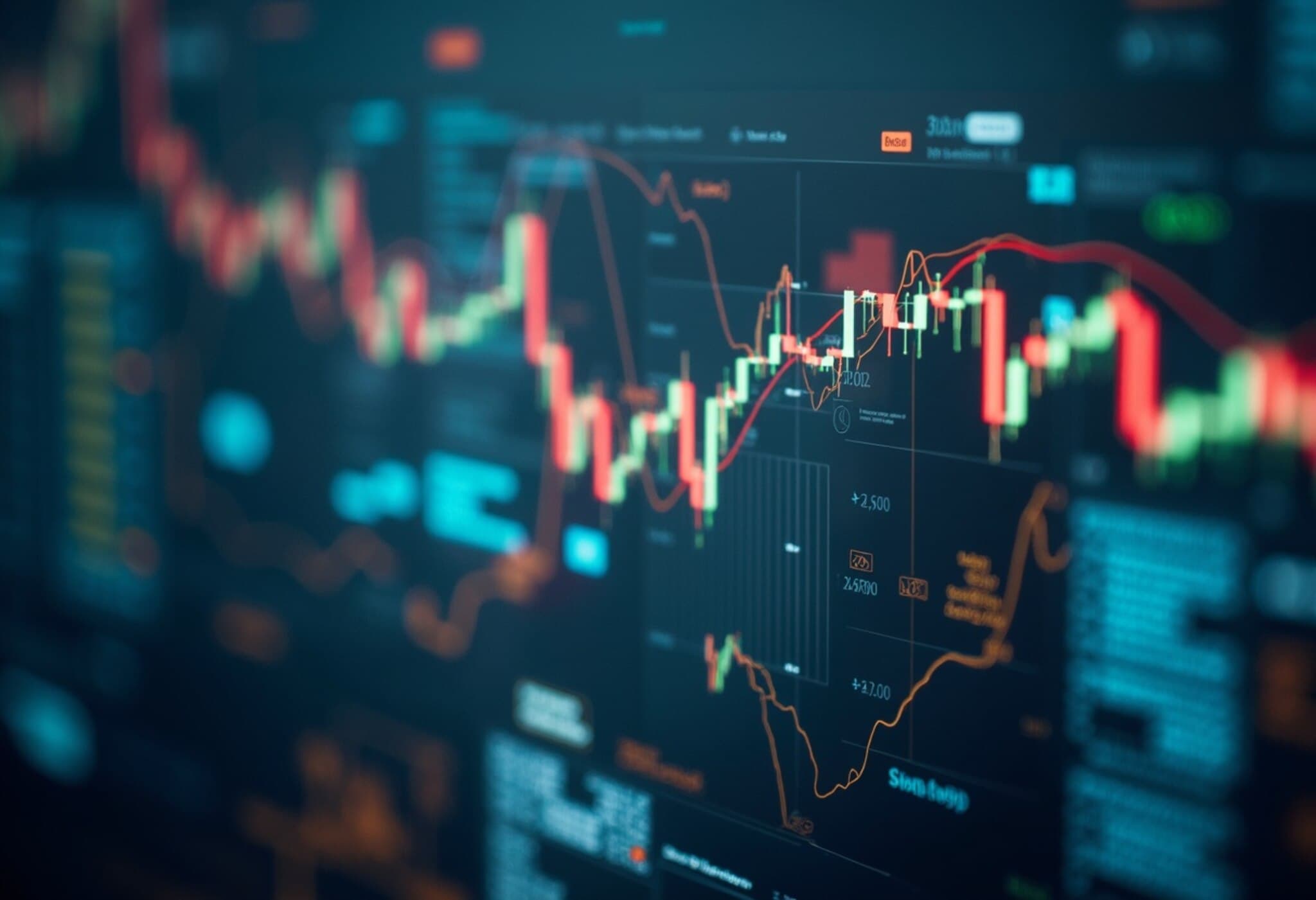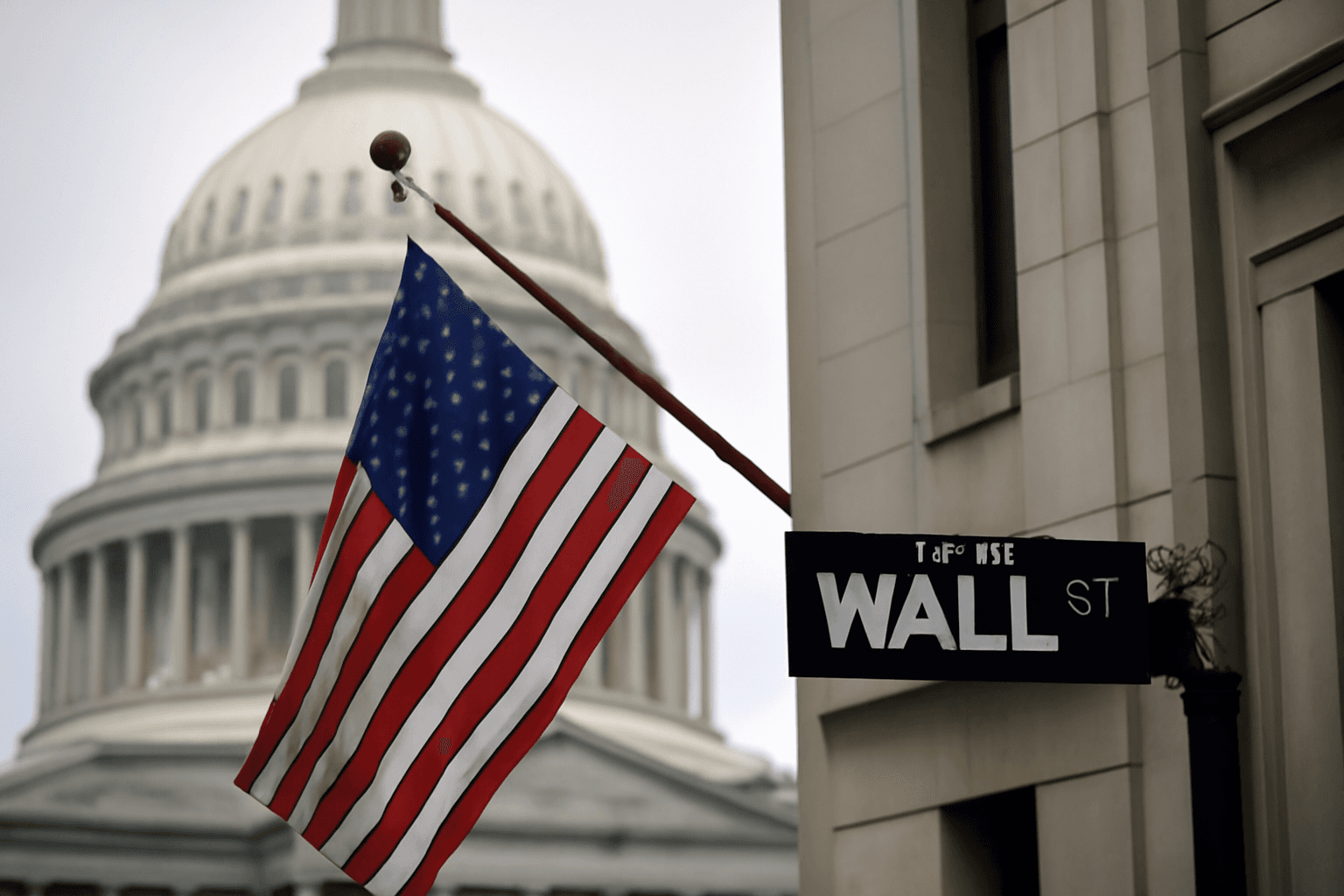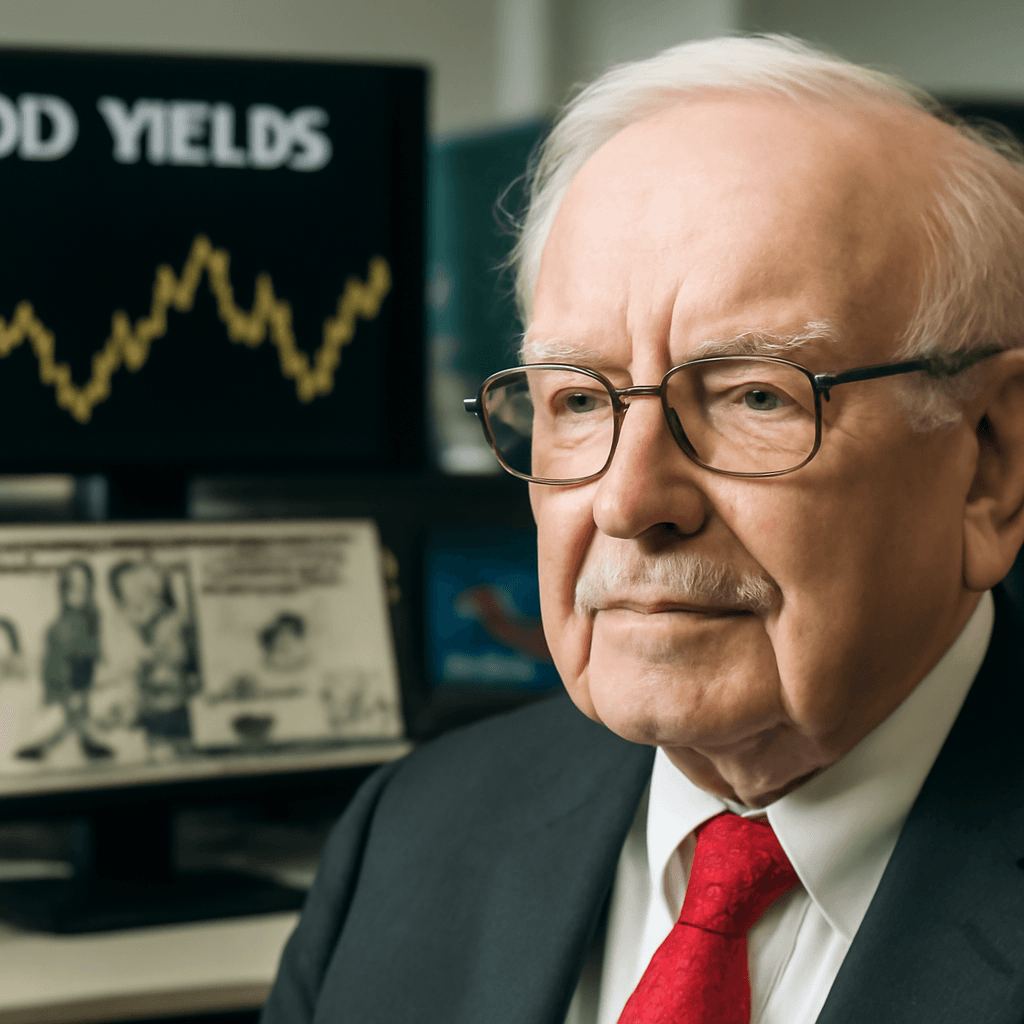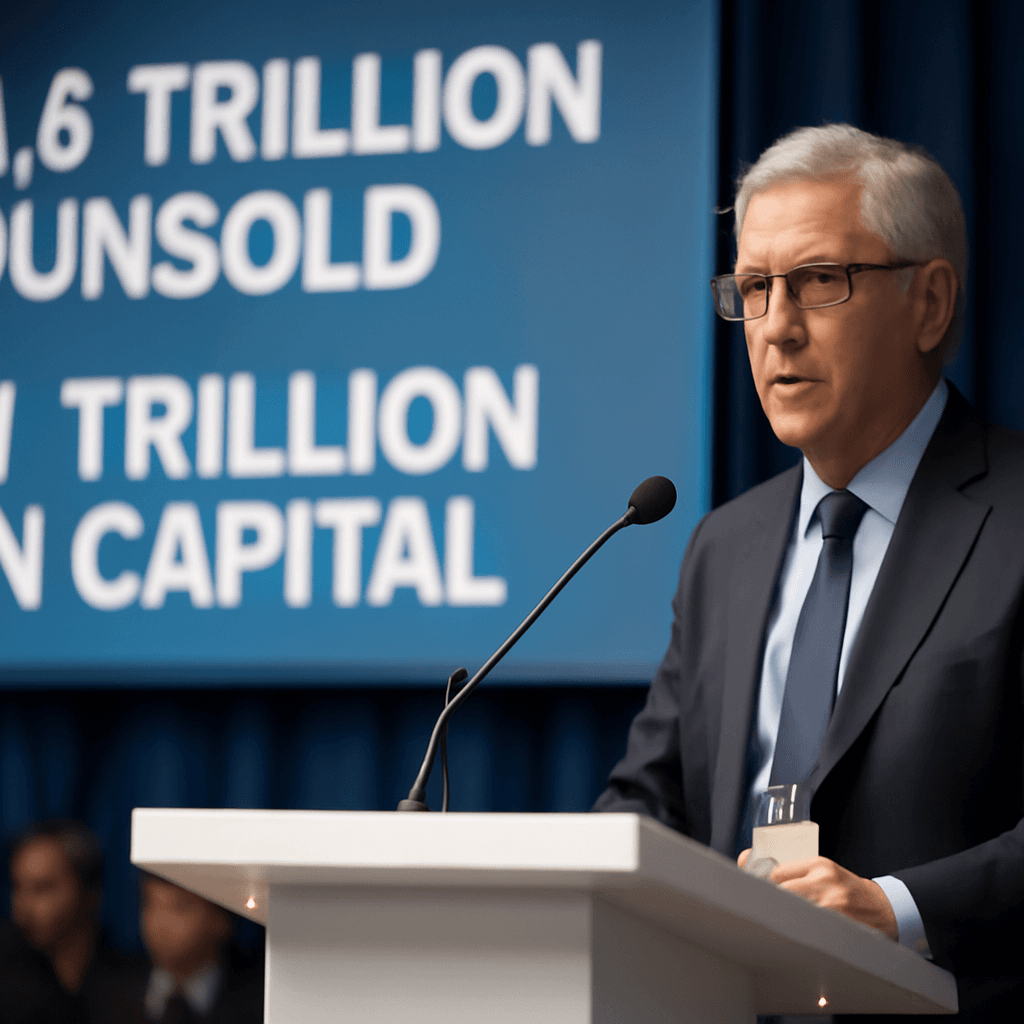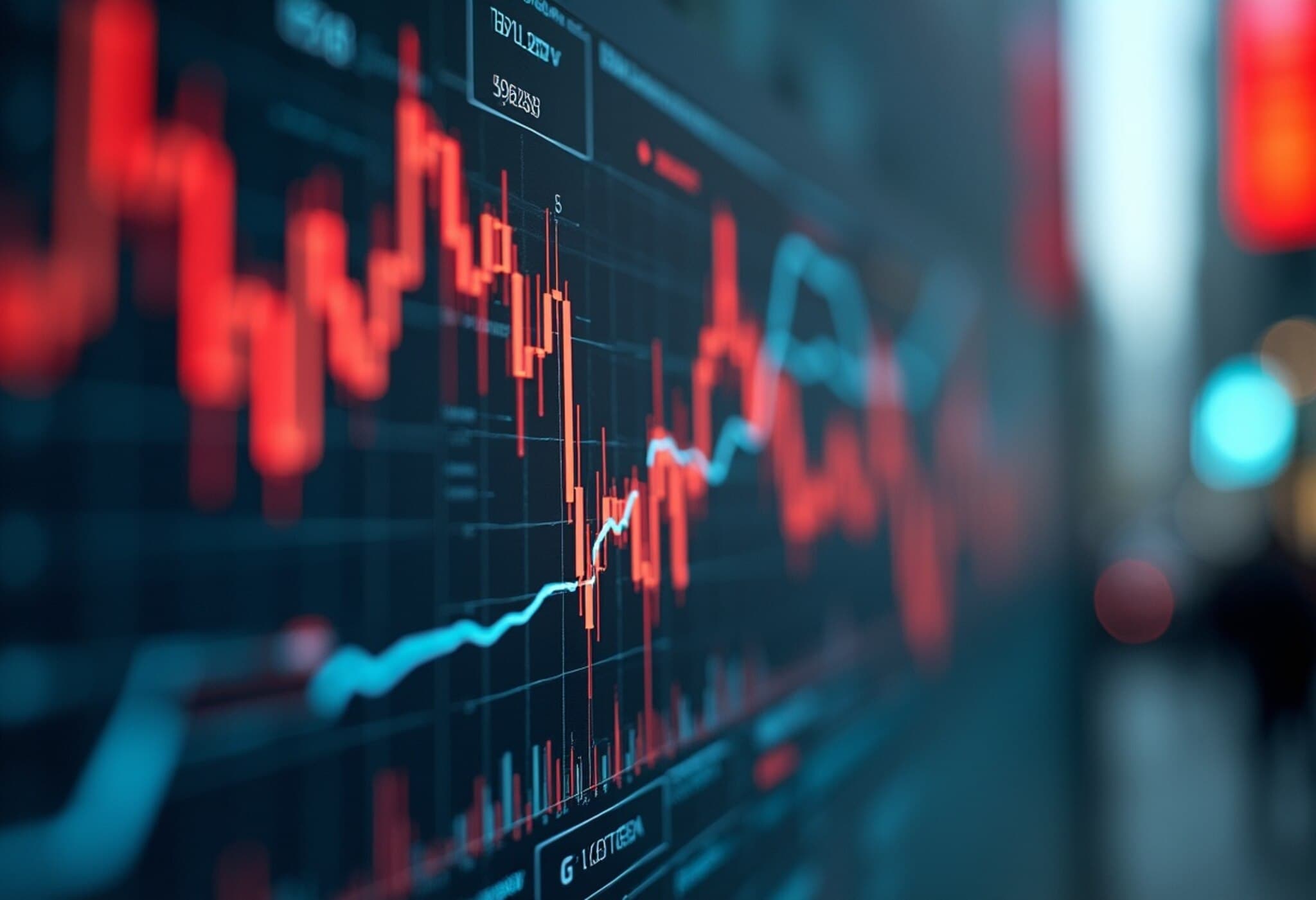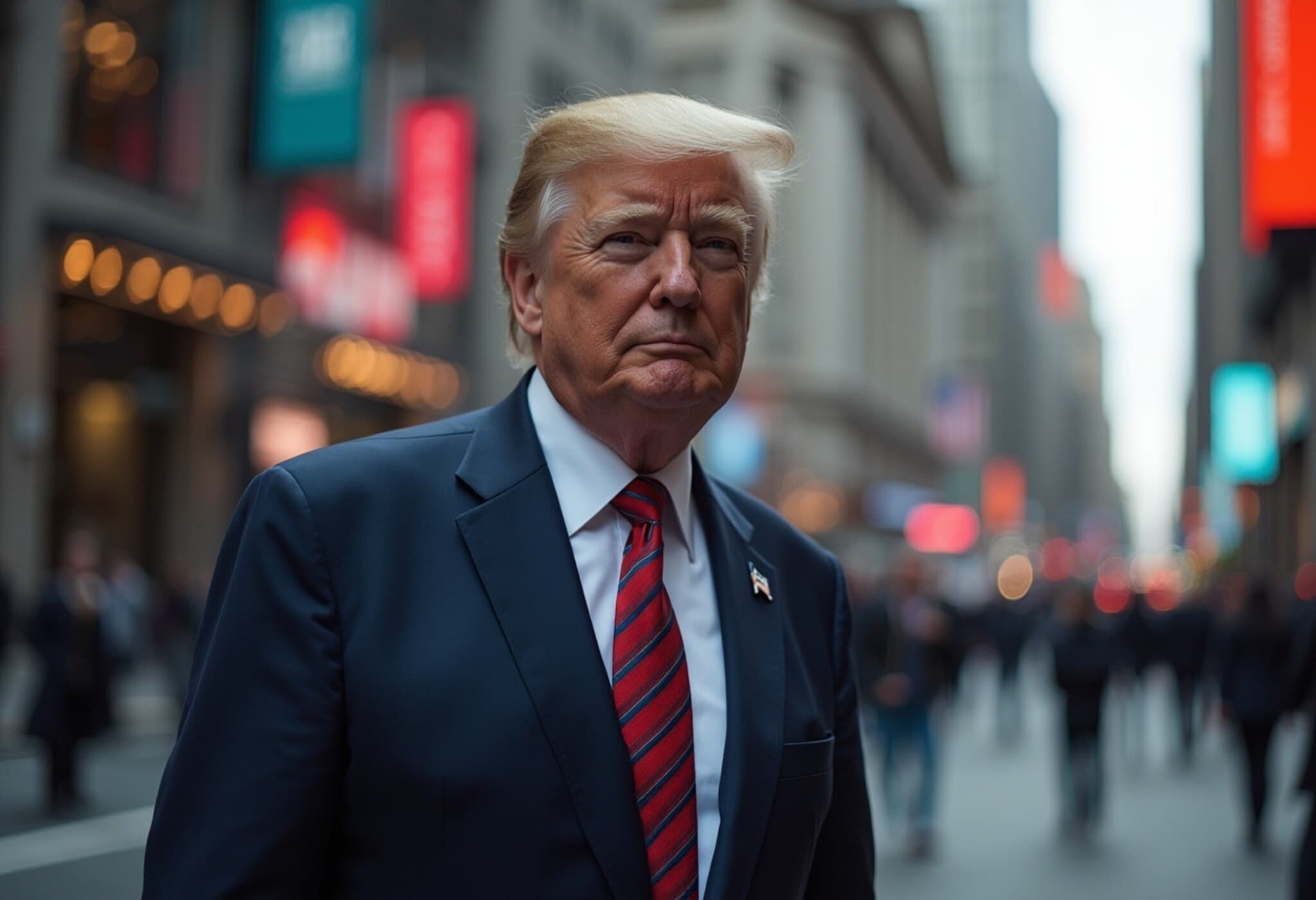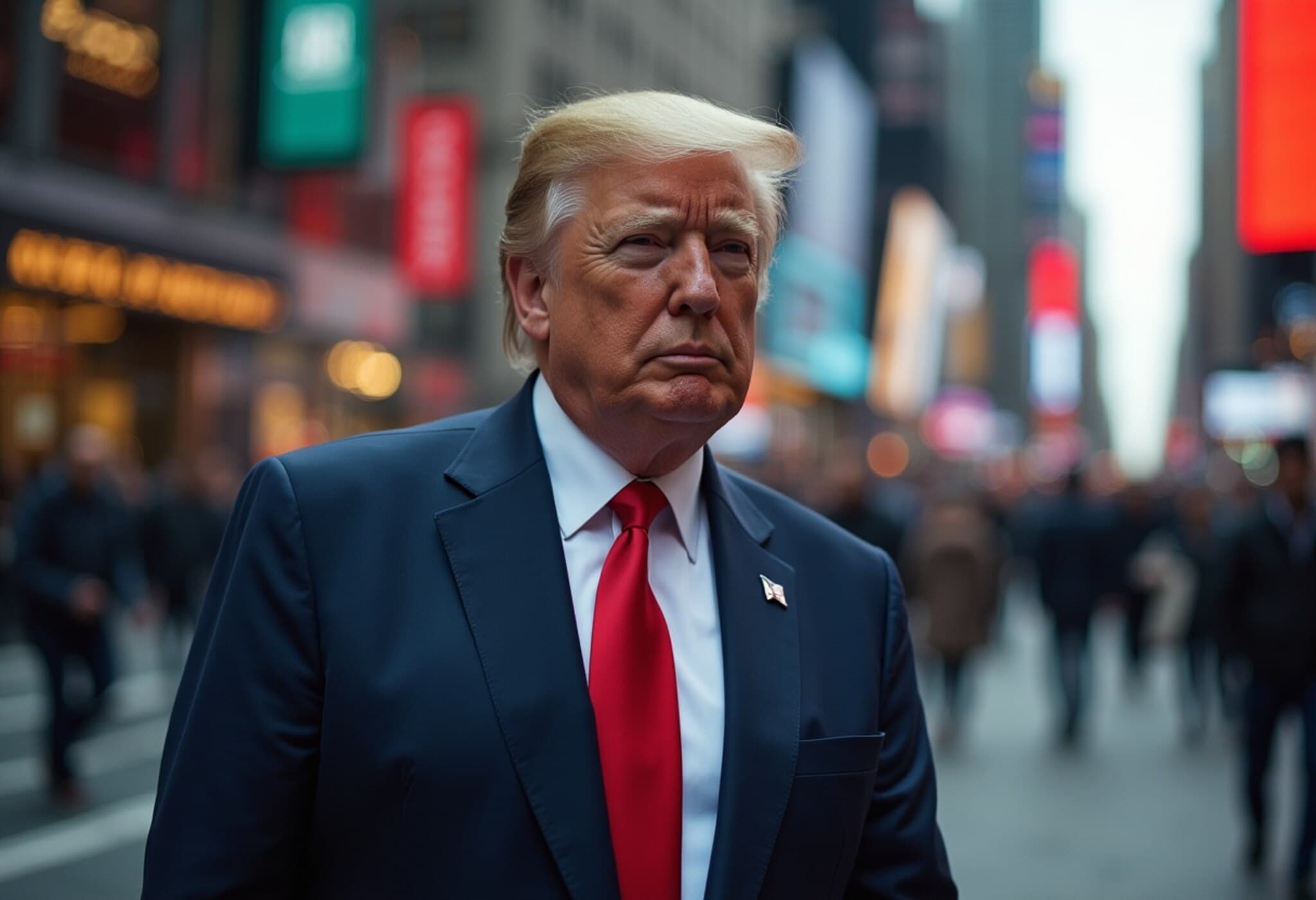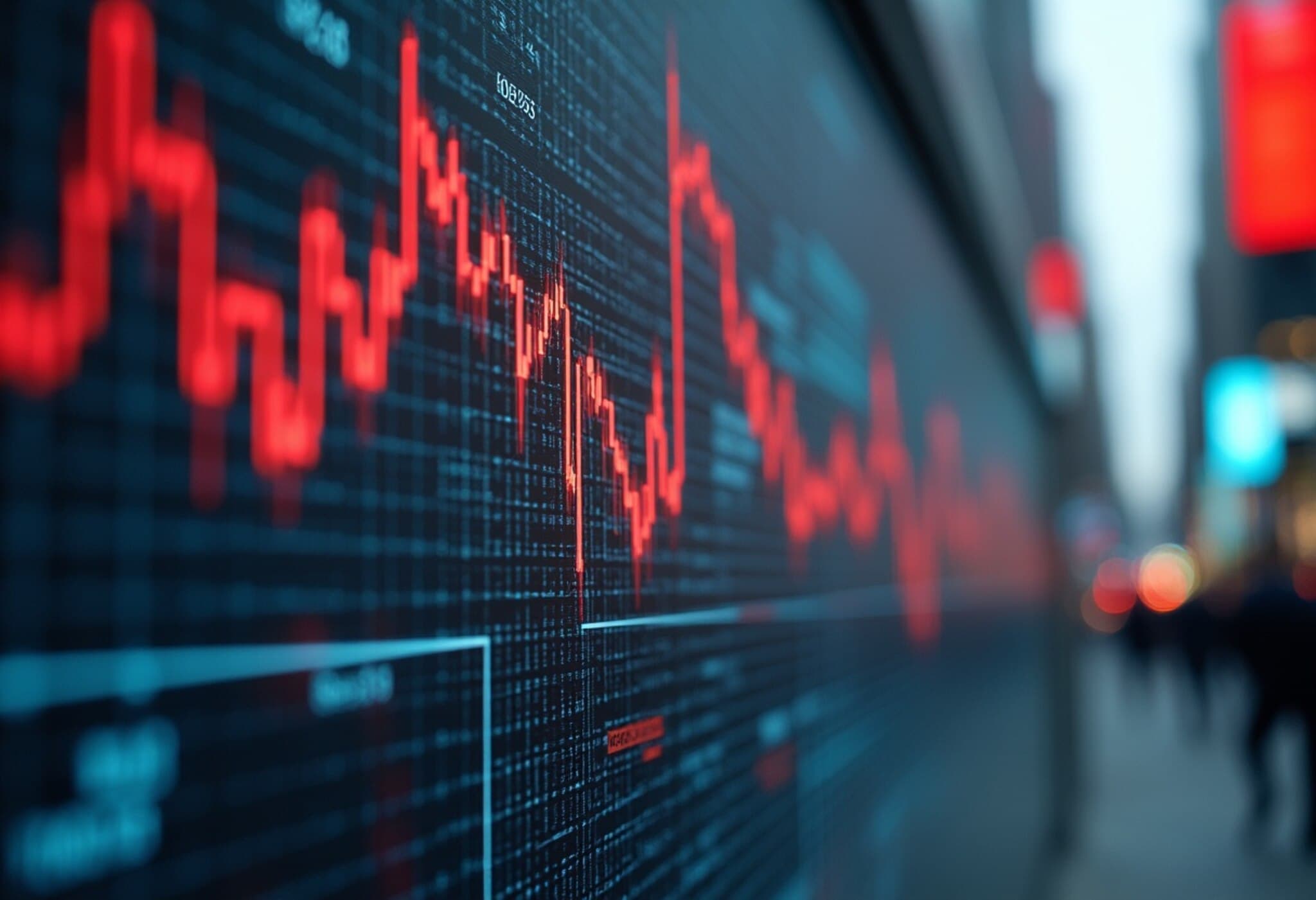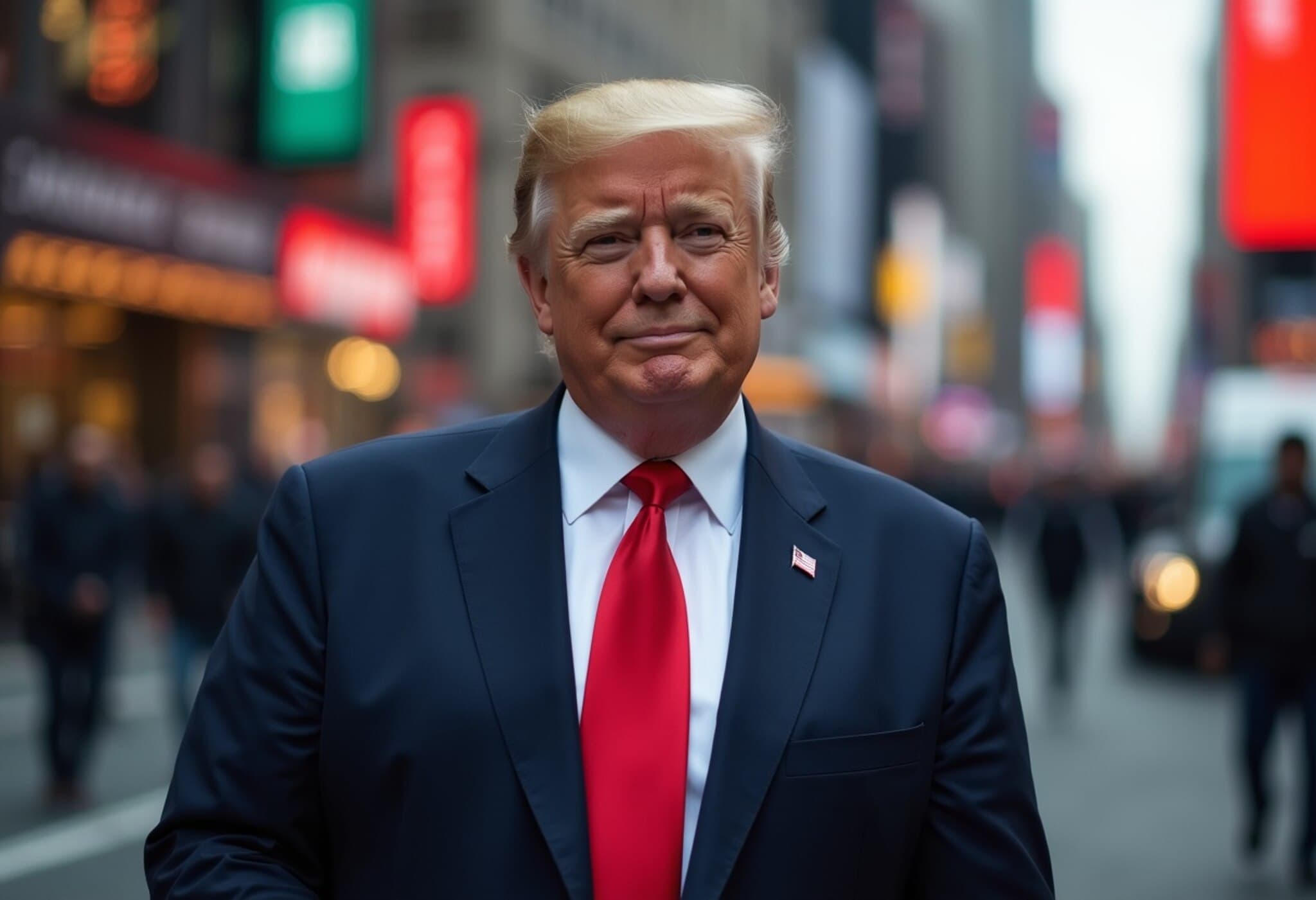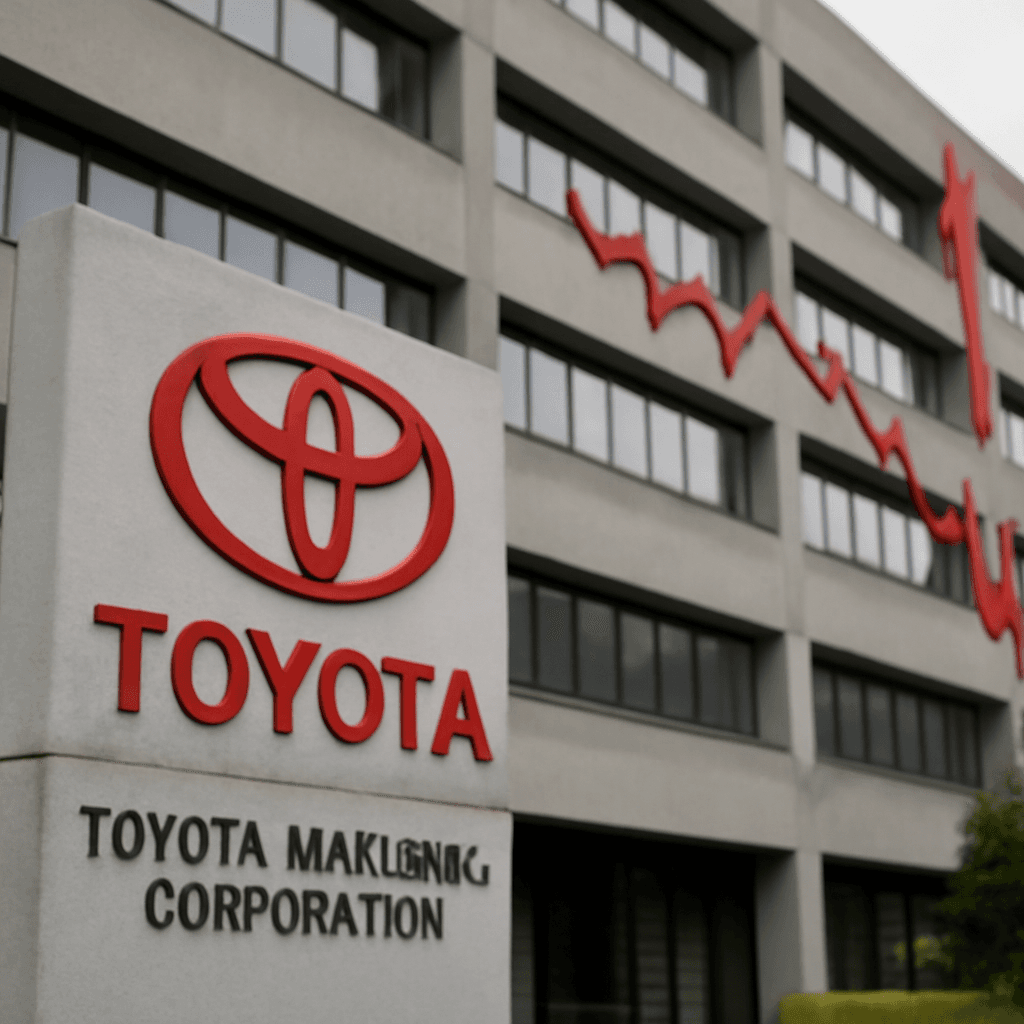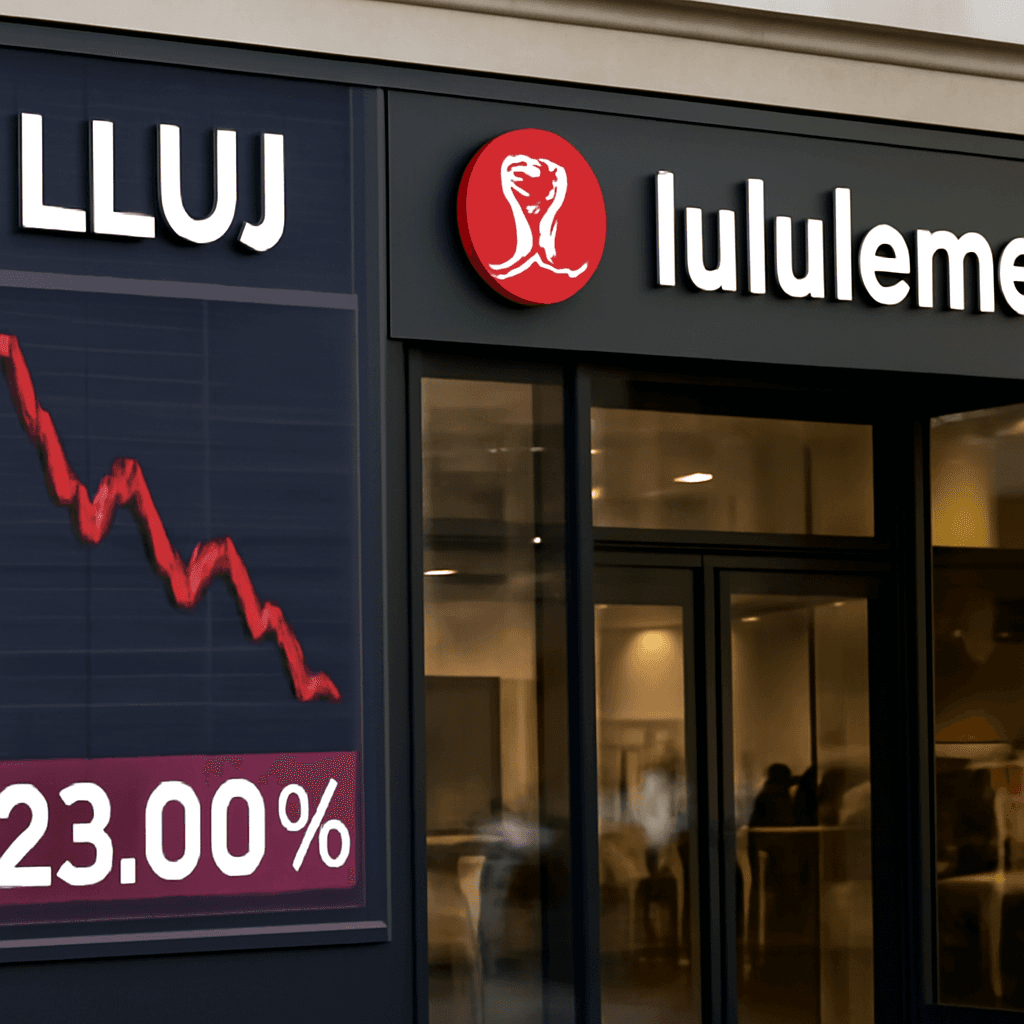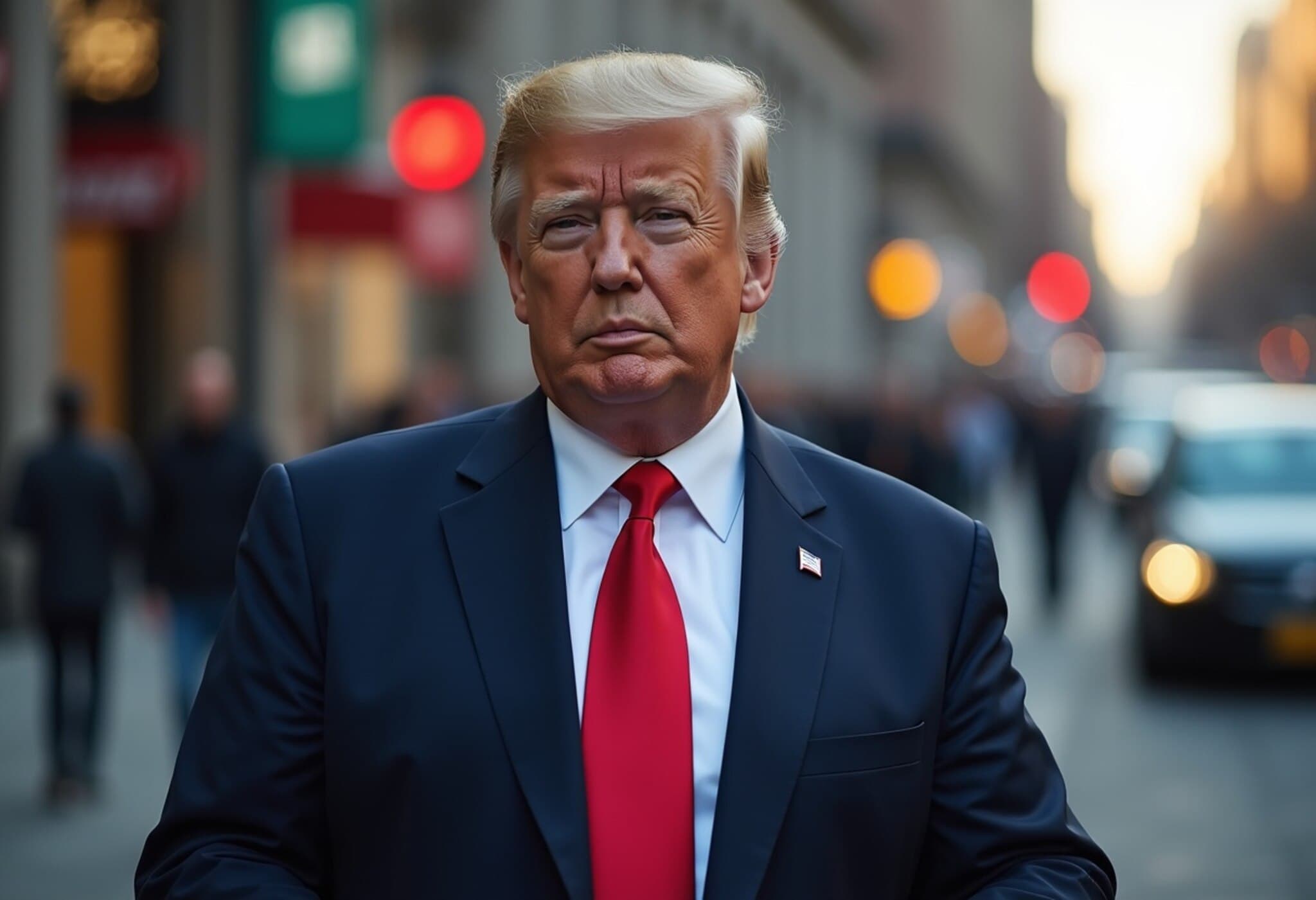Market Calm Suggests Relief But Questions Linger
As summer unfolds, the financial markets are sending a reassuring signal: worry less. After a turbulent spring sell-off, benchmark indexes have steadily climbed to new record highs. Alongside this ascent, bitcoin experiences a notable breakout while gold remains subdued. Volatility has sharply decreased and corporate credit spreads have narrowed, creating an investment environment that whispers confidence. But beneath this placid surface lies an important question: should investors trust this calm or prepare for the next storm?
S&P 500's Remarkable Recovery
The S&P 500 has surged approximately 30% from its April lows, shaking off tariff-related panic in just over three months. This upswing has yielded eight new record highs so far in 2025, a solid showing compared to last year’s 57, indicating a sustained but more measured bullish sentiment. Rather than a frenzied rally, the index has emerged from a seven-month sideways trading range, reflecting broader market stability.
Recently, the market displayed a healthy rotation—scaling back from overheated sectors towards previously neglected stocks. Data from Strategas Research highlights that the lowest-performing 20% of Russell 1000 stocks over the prior year enjoyed a 6.2% gain in July so far, while the top performers held steady, suggesting investors are diversifying cautiously.
Cyclical Strength and Economic Signals
Cyclicals like bank stocks remain robust, and tightened credit spreads reinforce a narrative of economic resilience. The Citi U.S. Economic Surprise Index moving from negative territory back into positive ground further validates an optimistic macro outlook. International indexes, flaunting double-digit gains for the year, echo this global confidence.
Even Nvidia’s recent milestone of becoming the first company to reach a $4 trillion market capitalization—a feat reflecting the tech sector’s continued dominance—has not incited the same frenzied investor exuberance as when it hit $3 trillion last year. This sober enthusiasm hints at a more grounded market psychology.
Investor Response to Renewed Tariff Tensions
Markets have shrugged off recently rekindled threats of tariffs, reinforcing Wall Street’s old adage that “the market never discounts the same news twice.”em> The administration’s trade rhetoric, which rattled investors in the spring, now feels more like background noise than a genuine risk. While tariffs could still introduce localized frictions—potentially impacting about 25% of S&P 500 earnings, according to Deutsche Bank—most investors appear confident that any fallout will be manageable.
Yet, this casual dismissal raises a meaningful debate: is the market’s optimism truly founded on lessons from earlier volatility, or is there a risk of underestimating upcoming threats? The answer may hinge on whether current economic fundamentals—resilient labor markets, steady consumer spending, controlled oil prices, and an ongoing capital expenditure boom—can withstand global uncertainties.
AI Boom: Driving the Tape's Next Movement?
The ongoing AI investment surge represents a powerful force supporting the bull case. While comparisons to the tech frenzy of the late 1990s may seem theatrical, the parallels are striking: speculative enthusiasm combined with genuine technological innovation is propelling markets upward. This inflection point, born at a moment of peak uncertainty, has matured into one of relative clarity and optimism.
That said, bull markets thrive on belief and satisfactory data rather than perfection, meaning the current rally could sustain even if challenges arise. But investors should remain vigilant, as the calendar and subtle market shifts may herald upcoming turbulence.
Warning Signs and Risks to Monitor
The calendar looms large as a potential trapdoor. Historically, mid-July marks a seasonal inflection point when S&P 500 returns typically dip over the following three months. Last year’s mid-July was a notable pivot, with a technology-fueled melt-up giving way to a broad market pullback.
Market strategist John Kolovos of Macro Risk Advisors warns that while sentiment has turned overwhelmingly positive—arguably too quickly—momentum and seasonality might still trigger a downside correction later in the summer. His outlook suggests a window of opportunity remains open, but one that requires caution.
Structural Concerns in the AI Investment Landscape
Beyond immediate market moves, more subtle, structural risks are emerging. Examples include:
- Meta Platforms accruing debt to rapidly expand AI data centers while offering unprecedented compensation to top AI talent.
- CoreWeave’s share dilution strategy through acquisitions before lockup expirations.
- Ambitious forecasts predicting AI computing power demands matching entire countries like Japan in five years—raising questions about infrastructure sustainability.
- Major tech players, including Oracle, Microsoft, and Alphabet, ramping up capital expenditures, sometimes at the cost of free cash flow, funneling capital into smaller specialists like Nvidia.
- Robinhood’s creation of tokens allegedly backed by private startup equity, stirring regulatory and ethical queries.
While these developments stem from innovative and competitive efforts to push technology forward, they also underline the complex financial engineering underway in the AI space—a phenomenon reminiscent of bandwidth scarcity debates from decades past. Investors should watch these trends for signs of over-extension or instability.
Conclusion: A Balanced Perspective for Investors
In short, the markets are conveying a tentative message: “Don’t worry—yet.” The current data and momentum favor optimism bolstered by resilient economic fundamentals and transformative technology investment. However, history and subtle market dynamics counsel vigilance. Investors would do well to enjoy the calm while preparing for potential headwinds from seasonal effects, renewed geopolitical tensions, or structural market shifts.
This nuanced understanding—balancing optimism with prudence—reflects the sophisticated investment landscape where conviction and caution must co-exist.
Editor’s Note
The recent market rally paints an encouraging picture, but beneath the surface, tactical risks and structural changes in technology finance urge careful monitoring. As AI's economic footprint expands and tariffs loom unpredictably, the investor’s challenge is to navigate between embracing innovation-driven growth and guarding against complacency. Where will the balance tip in the coming months? Only time—and vigilant analysis—will tell.

